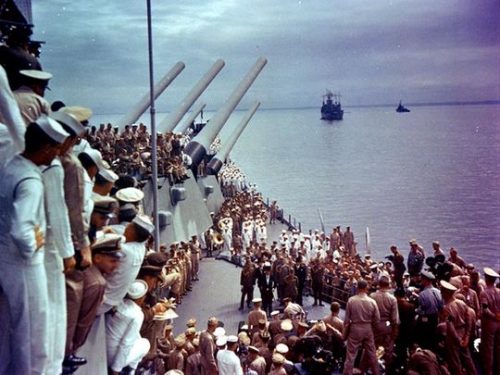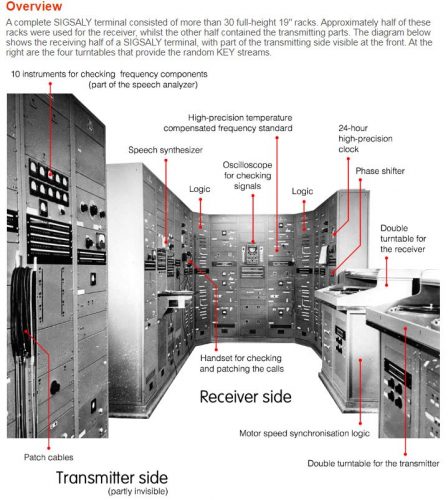This is both a 2015 Russian WWII TV series and a 1972 Russian movie, both based on the same novel. The original movie is apparently considered a classic in Russia; so much so that making a new version was viewed as almost blasphemous by some.
Sergeant Vaskov is in charge of an antiaircraft battery in a (so far) quiet area. His troops have been a drunken and quarrelsome lot, and when they are swapped out and sent to the front, he asks for replacements who will not drink and carouse with the local women so excessively. He is surprised and initially dismayed when the replacements show up and they are all women…girls, really, just out of AA gunner’s training.
The movie starts out with a rather light tone, but quickly darkens. Two German paratroopers—apparently saboteurs targeting a vital transportation junction—are spotted in the woods, and Vaskov takes five of his women and goes out after them. It turns out that there are actually a lot more of the enemy than two…sixteen, in fact…and stopping them will be practically a mission impossible for Vaskov and his five newly-minted AA gunners.
I first watched the recent TV series, which has excellent cinematography and some really striking scenery. The backstories of the women and of their male commander are shown via a series of flashbacks. Lisa Britschkina, a shy girl, was sent to Siberia with her family on grounds of being Kulaks, yet she seemingly feels no conflicts about fighting for the Soviet state. Another of the five ‘volunteers’, Sonia Gurvich, was an excellent student and loves to read poetry aloud. Her husband was killed on the first day of the war–she has a son, who is living with Sonia’s mother. Vaskov when we meet him is a rather troubled person: his wife has left him for another man, he was wounded on his first day of battle and has guilt feelings about now being assigned to this relatively-safe backwater in the midst of a war for national survival.
I don’t want to include any spoilers in this review: suffice it to say that this isn’t a strong-and-independent-female-superhero movie. The women accomplish remarkable things, but they and Vaskov are a true team. Some of the scenes and events seem improbable, but the story draws you in and the characters will not be easily forgotten.
I was curious as to how the 1972 movie would compare with the more recent series…watched it, and was pleasantly surprised–I was expecting a lot more heavy-handed Soviet propaganda than was in it. The use of color in this film is interesting: most of it is in black & white, but the flashbacks…most of which refer to the time before the war..are in color. The story is pretty close to that in the 2015 series; the portrayal of the characters, particularly the women, is pretty different–for one thing, those in the 1972 movie seem even younger, and act (at least initially) rather girlier. One backstory is notably different in this version–that of Lisa Britschkina–the part about her family having been sent to Siberia isn’t there. (I’m not sure if it was in the original novel, but based on when it was published (1969) I’m guessing not.) In both versions, some of the women smart off toward Vaskov in a way which they seem unlikely to have been gotten away with in the 1940s or for that matter today, even with a leader as fundamentally kindly as he is portrayed as being.
One objection some Russians have to the recent video is that it is “too Hollywood-ized”…this is a fair criticism of the action scenes near the end, but not, I think, of the whole thing. Both versions are worth seeing.
I’m preaching largely to the converted here, but–we should always keep in mind, when watching Russian WWII films or reading books on the same subject, that the great heroism demonstrated by so many Russians, and the fact that they were allied with America, do not negate the extreme evil of the Soviet regime.


